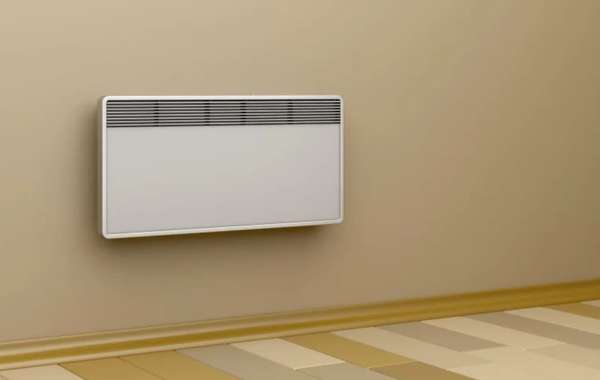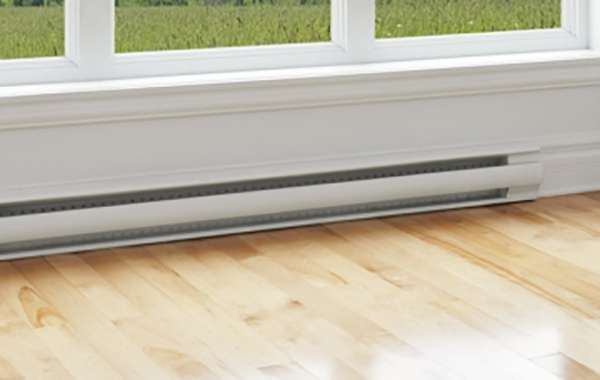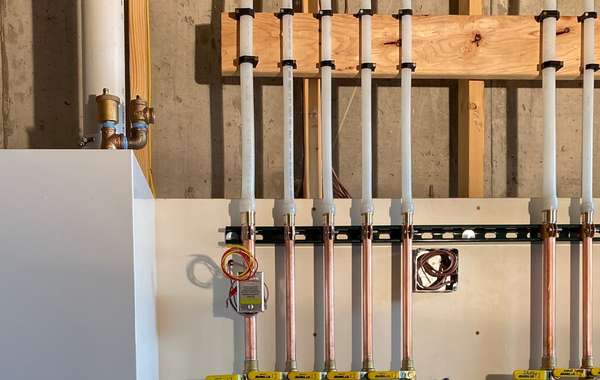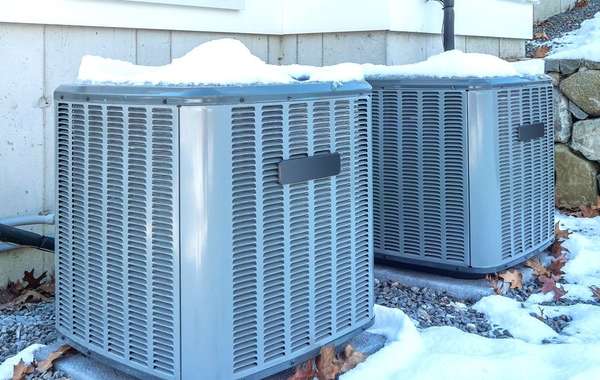Is electric heating eco-friendly?
Determining whether or not electricity is an efficient and ecologically responsible means to heat a home should include the initial electricity production as well. Burning fossil fuels to fire electric power generation is only around 30-60% efficient. There is also significant loss from transmission lines, so the overall energy efficiency of electric heat varies significantly by location and the local source of electric production.
Heating with electricity from renewable resources like wind, solar or hydroelectric is far cleaner than electricity generated by burning fossil fuels, such as coal or gas fired generation plants. Thankfully the percentage of green electricity in the US is on the increase with renewable generation provided a new record of 742 million megawatthours (MWh) of electricity in 2018, nearly double the 382 million MWh produced in 2008. Renewables provided 17.6% of electricity generation in the United States in 2018.
Nearly 90% of the increase in U.S. renewable electricity between 2008 and 2018 came from wind and solar generation. Wind generation rose from 55 million MWh in 2008 to 275 million MWh in 2018 (6.5% of total electricity generation), exceeded only by conventional hydroelectric at 292 million MWh (6.9% of total generation). Which is all good news for reducing the carbon footprint of our energy needs.
This compares to Canada, where around 67% of Canada’s electricity comes from renewable sources and 82% from non-GHG emitting sources - Canada is the world’s second largest producer of hydroelectricity.
The thing with electric heating though in new or renovated green high efficiency homes and when looking for heating zero energy homes, is that as the percentage of electricity generation by renewable sources increases, so does your heating system by default reduce it's carbon footprint.
Electric heat sources:
Heating with electricity is not defined by just noisy baseboard heaters or an electric forced-air furnace. The efficiency and BTUs delivered through electric radiators, furnaces, convection heaters or boilers for hydronic radiant floors all fall within the category of ‘electric heat’, and are all equally efficient on a BTU per watt basis.
They are also equal in efficiency to the heat input you would get from an electric stove, a hair dryer, a toaster or even an electric heating pad around a sore neck.
How any of these devices or appliances deliver heat will have some impact on efficiency, but that has more to do with how well it is distributed. Heating your entire home with electric radiators spread throughout a house will be only slightly more efficient than turning on your oven and opening the door, but that is only because heat is then concentrated in one area and therefore there is a slight increase in heat loss through walls near the source, or as warm air rises up and escapes through a stove hood. Centralized heat sources like that also leave some areas of the home cooler, and as most people tend to keep a house at a base temperature, it is more likely to create hot spots in a house, particularly those that aren’t well-insulated.
Given the same input of energy, the amount of heat added to a house through any source of electric resistance heat (like a toaster or electric stove) is equal to the heat delivered by conventional electric heating systems. Walking around your house with a hair dryer would be no less efficient (except in effort exerted) than operating an electric furnace. Even a running computer or charging cellphone will add the same number of BTUs per watt to your home as something you would consider an actual ‘heater’.
A heat pump powered by electricity and not gas would also qualify as electric heat; this is the one exception to the rule of equal efficiency as it is not electric resistance heat, but electricity is powering a condenser and a fan. See our video explanation of how heat pumps work for greater detail.
Types of electric resistance heaters:
Forced-air electric furnace:
While cheaper than an oil furnace, this is not a cheap or efficient way to heat with electricity. On top of the cost of the furnace and duct work (which can be quite expensive), operation requires not only generating heat, but energy is also required to distribute that heat throughout your home. Heat loss can occur through ducts in spaces that you don't intend to heat, further reducing overall efficiency. If you already have a forced-air system in place, this may be an interesting option to consider.
Electric furnaces will also require regular maintenance, filter replacements and duct cleaning. These costs should also be considered. Expect a lifespan of between 15 and 20 years.
For the best performance from an electric furnace, appropriate sizing is important and bigger isn't always better. A furnace too large for a given space will finish its heating cycle faster, spending more time in its startup phase rather than its maximum efficiency operating level. And smaller furnaces are cheaper, so it's a win win situation.
In Quebec, central heating systems with a thermal storage unit that manage heat production and retention throughout the day are now available.
Electric baseboard heaters:
Electric baseboard heaters have elements that generate heat, which is then distributed through a convection process. Heated air rises through metal fins, while cold air is drawn in through the bottom.
Baseboard heaters can be controlled in a zone system, with thermostats in each room. This can help reduce overall consumption by enabling you to keep temperatures lower in infrequently used areas.
Optimum placement of baseboard heaters is underneath windows, as that is where you will have your greatest heat loss. It is also important that they be installed an inch above floor levels to allow for air intake through the bottom.
Electric convection heaters:
A convection heater is similar to a baseboard heater, but with a fan attached. So again, there is no difference in efficiency, but a difference in delivery. They can heat a room quicker than baseboards and they will distribute heat more evenly, but on the other hand, the added air movement can stir dust more than baseboards, just as a furnace would. And depending on the decibel output of a particular unit, it will possibly add an element of noise as well.
Choosing between baseboards and convection heaters is only a purchase cost and personal preference issue, not an efficiency issue. They are a bit more expensive as they have moving parts, but don’t be up-sold to convection heaters with the common misconception that they offer greater efficiency.
Electric radiant floors
Radiant floors can consist of heating cables run under tiles or engineered hardwood. This is not a cheap system to install, but it is a very comfortable way to deliver heat. Radiant in-floor heat can also be achieved through hydronic heating systems, which when heating with water from an electric boiler again offers the same number of BTUs per watt but this type of system really needs to be installed when houses are built.
Now you know more about heating with electricity. Find more pages about sustainable living and how to reduce emissions on the pages below and in the Ecohome Green Building Guide pages.
Find more about green home construction and reap the benefits of a free Ecohome Network membership here. |




























Mike - the image with the article states it is an "electric radiator" - but this is not one of the types in the article.. am I missing something?
Hi Andrew, to be completely accurate it would be good to include the word 'convection' for clarity with that image, thanks. Those you will see discussed, they're just a different shape than the baseboards but it performs the same. Some, like that one there will often have an integrated fan that distributes the heat a bit better, but that's no different than sticking a fan in front of a baseboard. It's still electric resistance heating.
What about electric boiler for domestic hot water and heat pump (air to water) for hydronic heating?